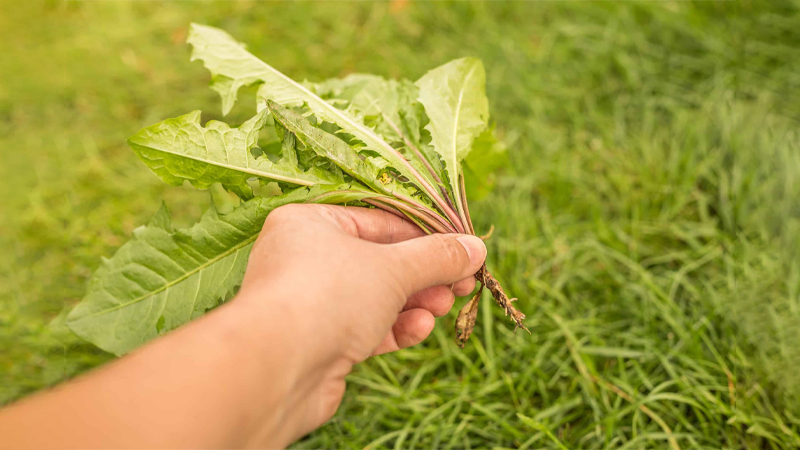In a groundbreaking study published in Cell, Israeli researchers at Tel Aviv University have unveiled a startling revelation: plants emit audible signals akin to “screaming” when undergoing stress during harvest. Contrary to human screams, these plant distress calls manifest as popping or clicking sounds in ultrasonic frequencies beyond human auditory range.
Lead researcher Lilach Hadany, an evolutionary scientist at the university, shared insights with Science Direct, emphasizing the potential significance of these findings. “Even in a quiet field, there are sounds that we don’t hear, and those sounds carry information,” Hadany stated. “Plants interact with insects and other animals all the time, and many of these organisms use sound for communication, so it would be very suboptimal for plants to not use sound at all.”
The study suggests that heightened sound intensity correlates with plant stress levels, indicating a potential method of communication among plants about their environmental conditions.
Hadany’s team conducted extensive observations on tobacco and tomato plants under various stress conditions, such as stem removal or severe dehydration. Through machine learning techniques, they differentiated between the sounds emitted by distressed and undisturbed plants.
Remarkably, the study revealed that the noises emitted by stressed plants could be detected over a meter away, although they were imperceptible to human ears due to their high frequency.
While the discovery sheds light on a previously unknown aspect of plant behavior, the mechanism behind these “screams” remains enigmatic. Researchers are yet to decipher how plants generate these sounds.
In the interim, the study underscores the dynamic nature of plant responses to stressors, highlighting the multifaceted ways in which they interact with their surroundings. Despite the cacophony of distress signals emitted during harvest, unstressed plants maintain a serene silence as they carry out their biological processes.
The revelation of plant “screams” challenges conventional understanding and opens new avenues for exploring the intricate world of plant communication and responses to environmental stimuli.











Leave a Reply